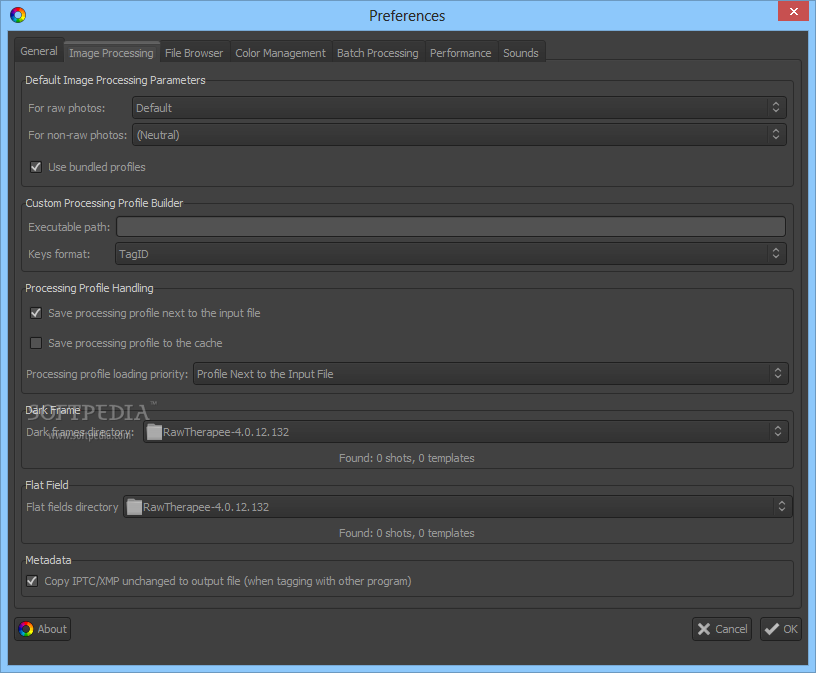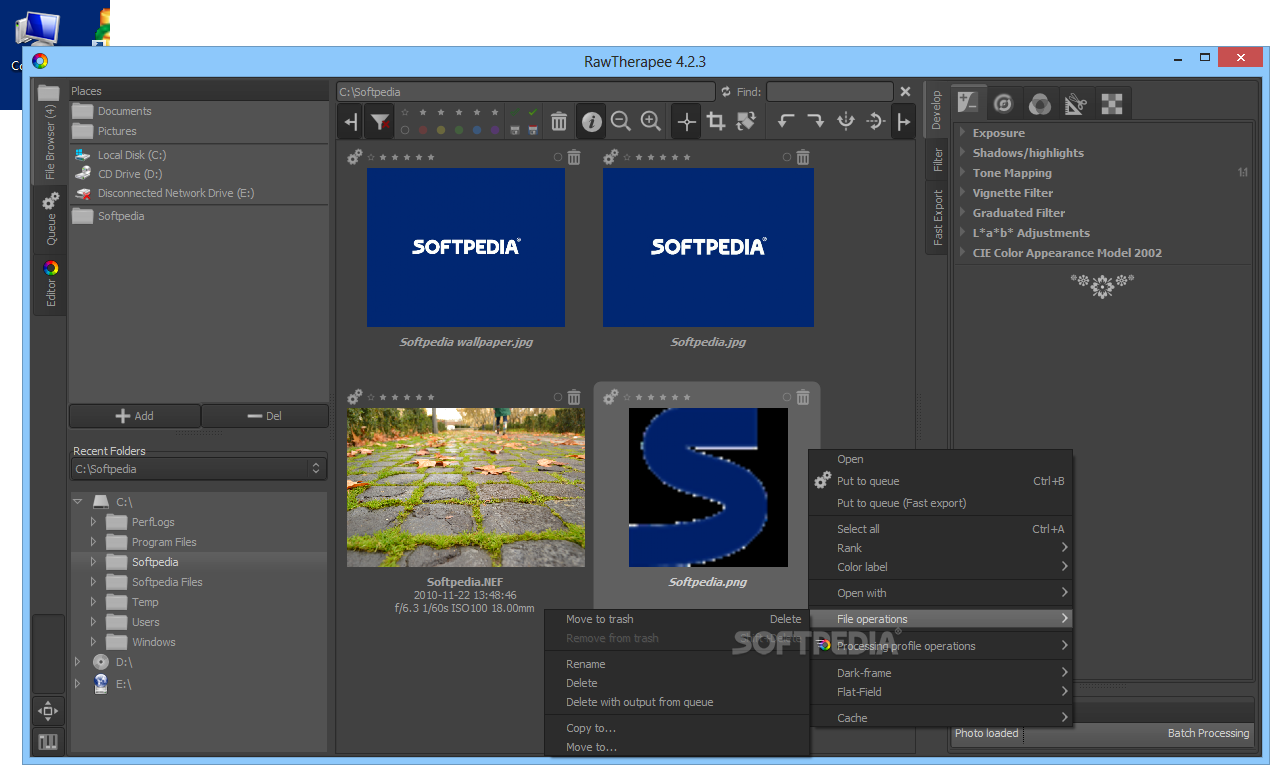


The left image shows normal saturation desaturated shadows and saturated highlights are visible on the right. You can use the curve to reduce or increase the saturation of the colors ( Figure 6).įigure 6: A highlight: brightness-independent saturation control. Like in a histogram, the dark tonal values are on the left and the light ones on the right. To influence this, the developer added a darktable-style saturation equalizer to the software.

Another option is to roughly set the exposure compensation with Tone curve 1 and fine-tune it with Tone curve 2.īe that as it may, exposure is always implicitly linked to saturation – dark colors appear to be more saturated. The second is used to control the saturation (mode Filmic, Perceptive, or Colorful) as well as for fine control of the contrasts. RawTherapee's dual tone curves also exist in ART: the first is often used to adjust luminance via the Luminance, Weighted Standard, or Saturation and Overlay modes. This is important because the saturation subjectively increases as the brightness decreases. The third section, Tone Curves, now contains a dedicated saturation control in addition to the two tone curves. On the left is the original image on the right, the tonal map has been activated. However, if you look at what the ART developer, Alberto Griggio, is doing, the reason for choosing RawTherapee as a foundation quickly becomes apparent: The developer is rebuilding or extending the existing tools ( Figure 1).Ĭorrect effects caused by the lens-camera combinationįigure 5: The tonal map shows the tonal range to which individual image sections or their pixels belong. With that in mind, it may be surprising at first that RawTherapee is the basis for a fork, ART. Similarly, darktable has offered masks for years, but RawTherapee has not. For example, RawTherapee has nothing like a cloning or stamping tool, which even the far older LightZone has. To date, it includes a number of excellent exposure tools, but it still may not have all the features you're looking for. A third option that appeals to many users is LightZone, a Java application that was formerly proprietary but is now open source.ĭarktable offers new releases at short, regular intervals that often extend or completely replace its current collection of 60 or more tools, but RawTherapee's development is proceeding at a slower pace. RawTherapee is a bit smaller, but scores points with users for its "good-natured" behavior and ease of handling. Darktable is the most comprehensive and complex of these programs. Three major RAW converters are available for Linux so far. This article takes a look at the current state of this project and how it's progressing toward those goals. This young project combines some tools and concepts found in two well-established programs, RawTherapee and darktable, and attempts to offer additional functions, while also providing a user friendly, streamlined program. ART, which stands for Another RawTherapee, is a RAW converter for photo editing.


 0 kommentar(er)
0 kommentar(er)
